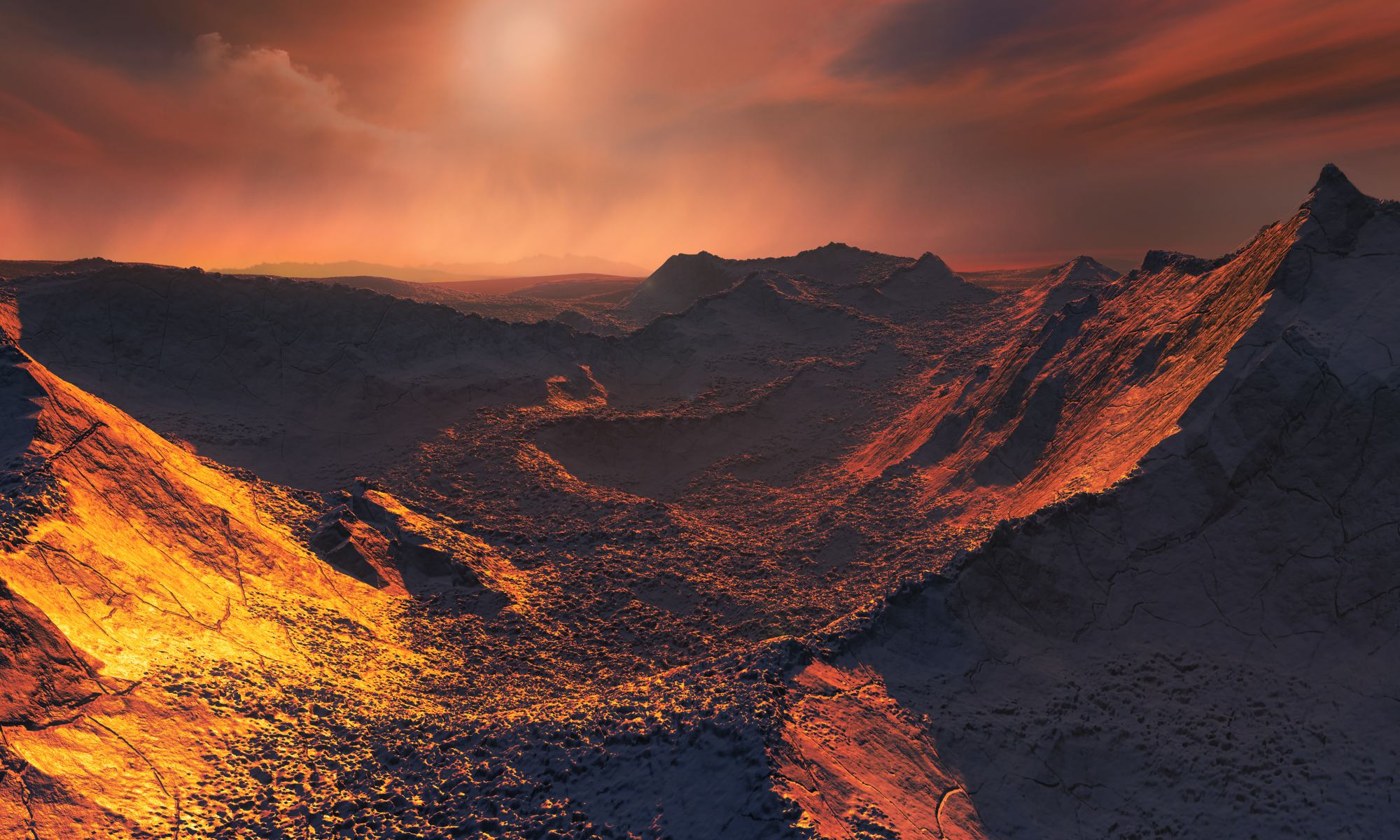The thing about exoplanets is that astronomers don’t see them the way most people think they do. Part of the reason for that is the way we announce them. Whenever an interesting exoplanet is discovered, the press release usually has colorful artwork showing oceans, mountains, and clouds. Something visually captivating like the image above. But the reality is that we have only imaged a few exoplanets directly, and even then, they appear only as small fuzzy blobs. Most of the known exoplanets were discovered by the transit method, where the star dims slightly as the planet passes in front of it. So what astronomers actually see is a periodic flickering of starlight.
Continue reading “Bernard's Star Has a Planet (Again)!”Bernard's Star Has a Planet (Again)!



